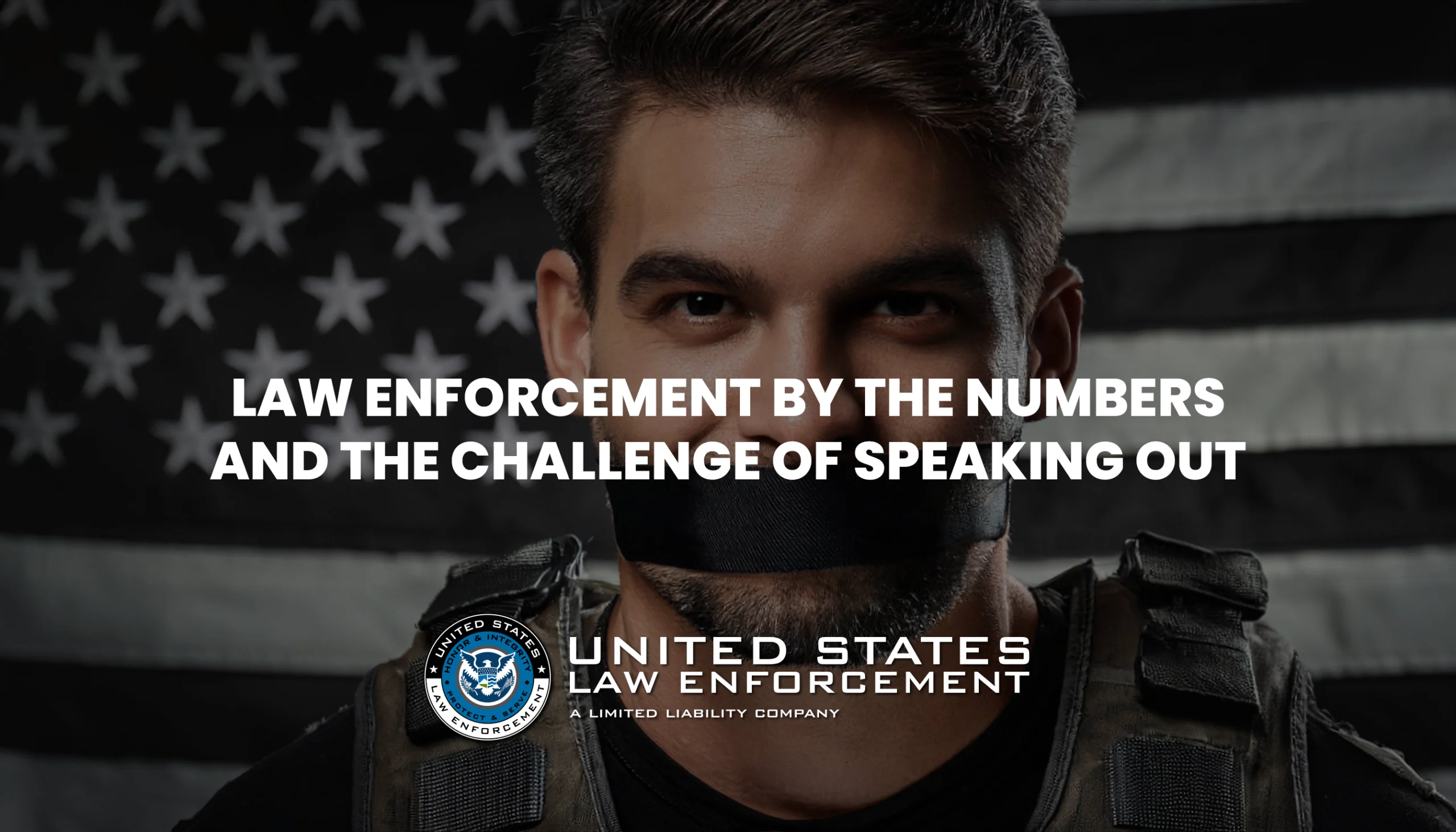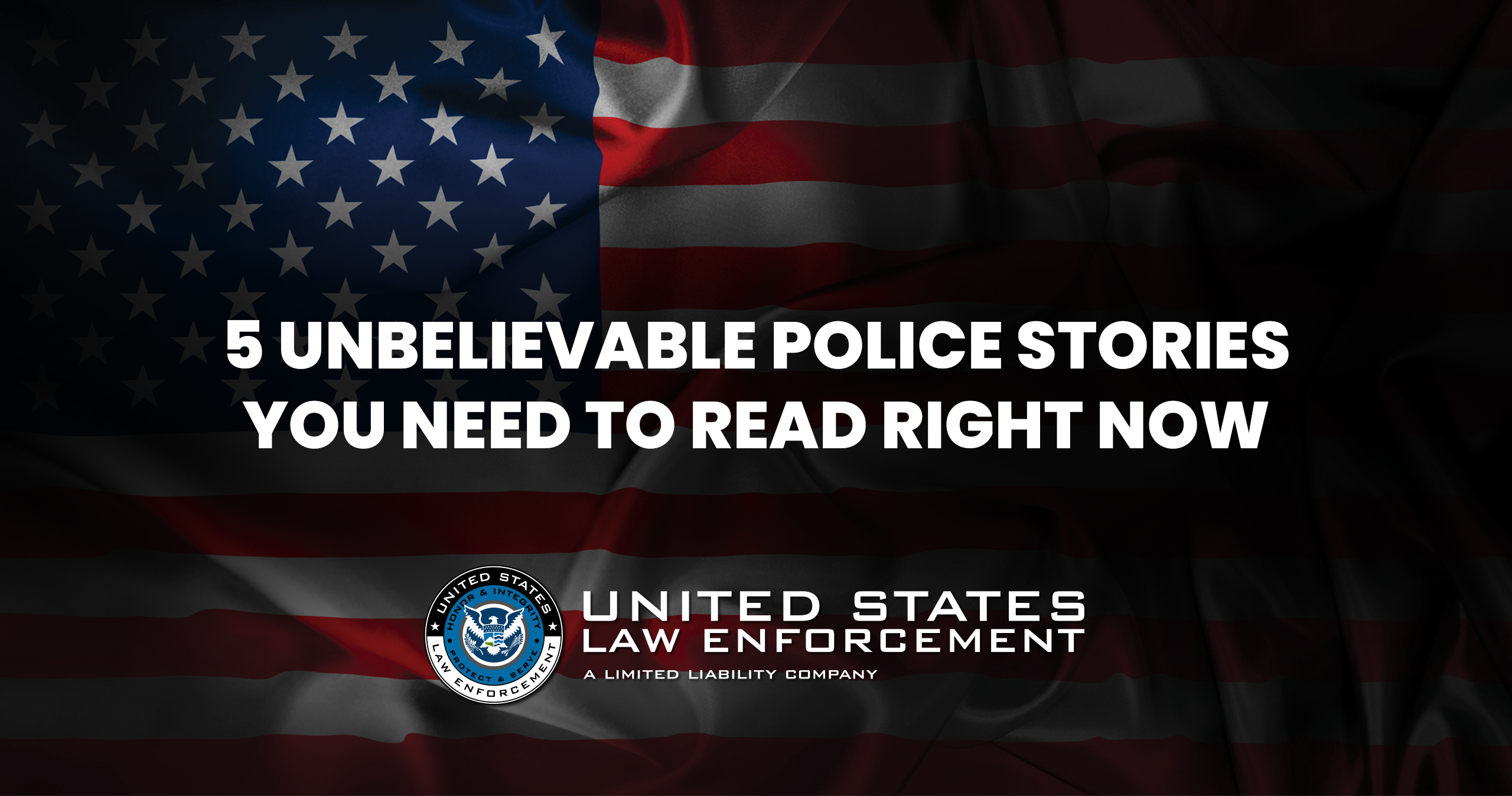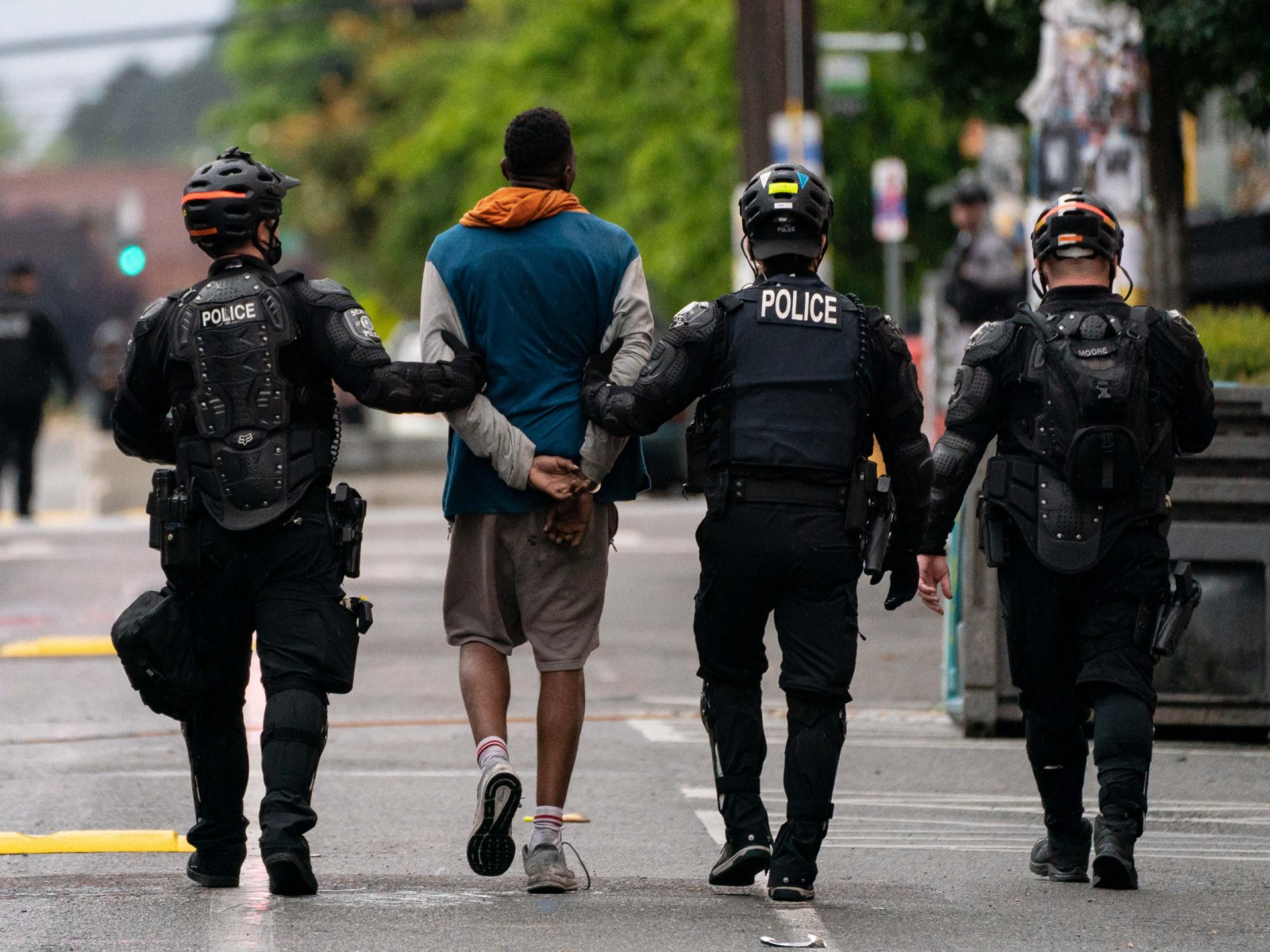Ever wondered why police are called "12"? Well, buckle up, because this story is juicier than a summer watermelon. It's not just some random number plucked out of thin air; there's a rich history behind it that'll blow your mind. So, let's dive right in and uncover the mystery behind why police got this unique nickname.
Now, before we get into the nitty-gritty, let me set the stage for you. The term "12" has been around for decades, and it’s deeply rooted in the way law enforcement evolved over time. It’s not just about the badge or the uniform—it’s about the culture, the camaraderie, and the respect that comes with the job. So, if you're curious about how this number became synonymous with police, you're in the right place.
And hey, this isn't just some boring history lesson. This is a tale of tradition, adaptation, and the enduring spirit of those who wear the badge. So, let’s get to it and find out why police are called 12, shall we?
- Nathan Fillion Height The Inside Scoop Yoursquove Been Waiting For
- Unlock Your Property Secrets A Comprehensive Guide To Larimer County Assessor Property Search
Here's a quick roadmap of what we'll cover:
- What Does "12" Mean in Police Culture?
- The Historical Roots of the Term
- How It Became Popular
- Police Codes and Their Importance
- Modern Usage of "12"
- Common Misconceptions
- The Role of "12" in Law Enforcement Today
- Why Understanding Police Codes Matters
- How "12" Fits Into the Broader Context of Law Enforcement
- Final Thoughts and Takeaways
What Does "12" Mean in Police Culture?
Alright, let's start with the basics. In police culture, "12" isn't just a number—it's a symbol. It represents the authority, the responsibility, and the trust that comes with being a law enforcement officer. But how did it get there? Well, that's where things get interesting. "12" is often used in police codes, like "Code 12," which refers to situations where officers need backup or assistance. It's a shorthand that’s quick, efficient, and easy to understand in high-pressure situations.
Now, you might be thinking, "Why 12? Why not 10 or 15?" Great question! The answer lies in the history of policing and how communication evolved over the years. Back in the day, before radios and smartphones, officers relied on hand signals and codes to communicate. These codes were designed to be simple yet meaningful, and "12" just happened to stick.
- Metropcs Payment Online Free Your Ultimate Guide To Simplify Your Life
- Richard Dane Witherspoon The Man Who Redefined Success In Modern Entertainment
Why Was "12" Chosen Over Other Numbers?
Here's the deal: "12" wasn't chosen randomly. It was selected because it was easy to remember and pronounce, even in noisy or chaotic environments. Plus, it had a certain ring to it that made it stand out. Over time, it became synonymous with police work, and its usage spread across departments nationwide.
The Historical Roots of the Term
Let's rewind the clock and take a trip down memory lane. The term "12" dates back to the early days of policing in the United States. In the late 19th and early 20th centuries, police departments began adopting standardized codes to improve communication. These codes were essential for coordinating efforts during emergencies and ensuring that officers could respond quickly and efficiently.
One of the earliest documented uses of "12" comes from the Chicago Police Department. In the 1920s, they implemented a system of radio codes, and "12" was assigned to mean "officer needs assistance." From there, the term spread to other departments, and its usage became widespread.
How Did "12" Spread Across the Country?
Well, it’s all about networking, baby! As police departments across the U.S. began adopting similar communication systems, the term "12" gained traction. It was shared during training sessions, conferences, and even through word of mouth. Before you knew it, "12" became a universal term in the law enforcement community.
How It Became Popular
Popularity is a funny thing, and "12" wasn't immune to it. As police dramas and movies became more popular in the mid-20th century, the term "12" started showing up in scripts and dialogue. Shows like "Dragnet" and "Adam-12" helped cement its place in popular culture. Suddenly, everyone knew what "12" meant, even if they weren't part of the law enforcement world.
But it wasn't just TV and movies that contributed to its popularity. The rise of citizen band (CB) radios in the 1970s also played a role. Truckers and hobbyists began using police codes in their conversations, and "12" became a household name.
Did "12" Change Over Time?
Not really. The core meaning of "12" has remained consistent over the years. However, its usage has expanded to include other scenarios, such as "Code 12" meaning "suspicious person" or "Code 12A" meaning "assistance required at a traffic accident." These variations help officers communicate more effectively in different situations.
Police Codes and Their Importance
Now, let's talk about police codes in general. They're not just random numbers—they're a vital part of law enforcement communication. Codes like "10-4" (message received) and "10-33" (emergency traffic) are used every day by officers across the country. They allow for quick, efficient communication without the need for long explanations.
But why are codes so important? Well, imagine trying to coordinate a large-scale operation without them. It would be chaos! Codes help officers stay focused, avoid misunderstandings, and respond quickly to critical situations.
What Are Some Common Police Codes?
- Code 1: Routine call
- Code 2: Priority call
- Code 3: Emergency response
- Code 4: No further assistance needed
- Code 12: Officer needs assistance
Modern Usage of "12"
Fast forward to today, and "12" is still going strong. While technology has advanced, the core principles of police communication remain the same. Officers still use codes like "12" to request backup or signal for help. In fact, many departments have integrated these codes into their digital communication systems, making them even more efficient.
But it's not just about the codes themselves. It's about the trust and respect that comes with using them. When an officer calls for "12," they're relying on their colleagues to respond quickly and effectively. It's a testament to the teamwork and camaraderie that defines law enforcement.
How Has Technology Impacted the Use of "12"?
Technology has made communication faster and more reliable, but it hasn't replaced the need for codes like "12." In fact, many officers prefer using codes because they're quick and easy to understand, even in the heat of the moment. Plus, they help maintain professionalism and avoid unnecessary details that could compromise an operation.
Common Misconceptions
Let's clear up a few things before we move on. There are a lot of myths and misconceptions about police codes, including "12." Some people think it means "arrest," while others believe it refers to a specific type of crime. Neither is true. "12" specifically refers to a request for assistance, plain and simple.
Another misconception is that police codes are secret or exclusive. While they are primarily used by law enforcement, many of them are publicly available. They're not meant to confuse or exclude civilians; they're designed to streamline communication within the department.
Why Do Misconceptions About "12" Persist?
Well, it's all about perception, my friend. Movies and TV shows often dramatize police codes to add tension or excitement to a scene. This can lead to misunderstandings about their true meaning. Plus, with so many different codes in use across departments, it's easy to get confused.
The Role of "12" in Law Enforcement Today
So, where does "12" fit into the modern world of law enforcement? It's still a crucial part of communication, especially in high-stress situations. Officers rely on codes like "12" to stay safe and ensure that their colleagues have their backs. It's a reminder of the trust and teamwork that define the profession.
But it's not just about the codes themselves. It's about the values they represent: integrity, professionalism, and a commitment to serving the community. When an officer calls for "12," they're not just asking for help—they're reinforcing the bonds that make law enforcement such a unique and rewarding career.
How Can Civilians Understand "12" Better?
Education is key, my friend. By learning about police codes and their meanings, civilians can gain a better understanding of how law enforcement operates. This can lead to more productive interactions and help build trust between officers and the communities they serve.
Why Understanding Police Codes Matters
Understanding police codes like "12" is more important than ever. In today's world, communication is key to resolving conflicts and building stronger communities. By learning about these codes, we can bridge the gap between law enforcement and the public, creating a safer and more harmonious society for everyone.
But it's not just about the codes themselves. It's about the values they represent: transparency, accountability, and mutual respect. When we take the time to understand each other, we can work together to create a better future for all.
How "12" Fits Into the Broader Context of Law Enforcement
Finally, let's zoom out and look at the bigger picture. "12" is just one piece of a much larger puzzle that makes up law enforcement communication. It's part of a system designed to keep officers safe, ensure public safety, and promote justice and fairness. By understanding its role, we can appreciate the complexity and importance of law enforcement work.
And let's not forget the human element. Behind every code, every call for "12," there's a person—a dedicated officer who puts their life on the line every day to protect and serve. Their commitment to duty is what makes the system work, and their bravery is what makes us safer.
Final Thoughts and Takeaways
So, there you have it—the fascinating story of why police are called "12." It's not just a number; it's a symbol of trust, teamwork, and dedication. From its humble beginnings in the early days of policing to its widespread use today, "12" has become an integral part of law enforcement culture.
As we've seen, understanding police codes like "12" is essential for building stronger communities and fostering trust between law enforcement and the public. By learning about these codes and their meanings, we can all play a role in creating a safer, more harmonious society.
So, what do you think? Are you ready to spread the word about "12"? Leave a comment below and let me know your thoughts. And don't forget to share this article with your friends and family—they'll thank you for it!



Detail Author:
- Name : Ms. Mona Boyle
- Username : woodrow.fahey
- Email : dkessler@oreilly.com
- Birthdate : 1972-05-15
- Address : 6245 Adam Spurs Creminland, FL 10959
- Phone : 1-862-402-9330
- Company : Bogan, Volkman and Kreiger
- Job : Teacher
- Bio : In ad cumque nostrum consequuntur qui praesentium. Ut similique dignissimos illum maiores illum aut. Aut maiores nesciunt et ex deserunt. Aliquid repellat voluptatem dolor.
Socials
tiktok:
- url : https://tiktok.com/@hermannm
- username : hermannm
- bio : Distinctio quisquam vero minus modi earum. Non quos sit consequatur explicabo.
- followers : 4276
- following : 990
linkedin:
- url : https://linkedin.com/in/monica4126
- username : monica4126
- bio : Ut cumque neque delectus fugit.
- followers : 3758
- following : 2194
facebook:
- url : https://facebook.com/hermann1990
- username : hermann1990
- bio : Adipisci quas et ut quos suscipit. Quia laborum reprehenderit et ut vel.
- followers : 3748
- following : 2021
twitter:
- url : https://twitter.com/hermannm
- username : hermannm
- bio : Recusandae voluptas id aut et. Sint atque dignissimos natus laboriosam. Animi ab est sit libero culpa cupiditate omnis. Quas quod magni impedit nobis.
- followers : 4336
- following : 1088
instagram:
- url : https://instagram.com/monicahermann
- username : monicahermann
- bio : Sed corporis harum iusto libero qui accusamus. Id reiciendis sed alias. Maiores sapiente quis ut.
- followers : 4035
- following : 636